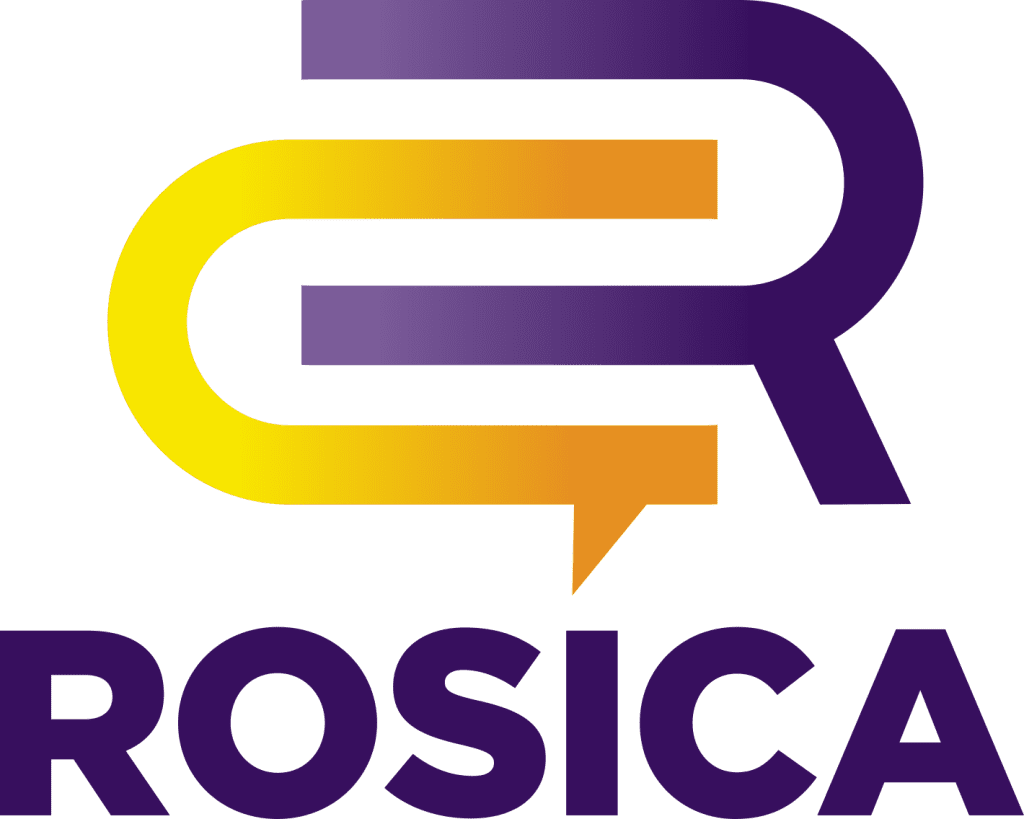Storytelling Sells
How does a school, for-profit, or corporation stand apart, connect with stakeholders, tell its good news, and build support and advocacy? The answer is simple. Storytelling.
The first step in storytelling is establishing a concise, memorable, authentic, and accurate narrative – one that resonates with stakeholders. You cannot successfully tell a story that’s not been established and that your internal audiences haven’t already assimilated with. It’s impossible to effectively communicate, build advocacy, and rally stakeholder support without first establishing strong messages and a clear party line.
Messaging & “The Story”
To be memorable, a story needs to be interesting and somewhat emotional. To be “mediagenic,” cultivate customer loyalty, and grow word-of-mouth, a story must be authentic.
When crafting the narrative, it is important to get an outside perspective. Most entrepreneurs and business leaders are too close to their businesses to ideally craft their own stories. This means brevity, which can run counter to what many executives are inclined to do. It is hard for them to cut out parts they think are important, when in the end, those elements may not build the story but, in fact, take away from it. More is less when it comes to shaping the narrative while emotional elements are critical, even in sectors such as healthcare or education where intellect rules the day.
Does the story resonate? Are your competitors serving up the same key messages you are? Are you able to back up your differentiators with valid “reasons to believe?” Do your proof points have people, such as happy customers, to back them up? Are you building advocacy every step of the way?
Building Advocacy
Advocacy starts from within. If your organization is not focused on storytelling, it’s not advocating for itself. Companies and nonprofits must campaign for themselves in order to create differentiation and “brand” awareness.
Whether you are a B2B company or a B2C brand, building advocacy is vital. Those of us in B2B marketing, PR, and communications can learn a lesson from top-performing consumer brands that build recommendations and rave reviews. Indisputably, in the B2B realm, advocacy among happy customers, referral sources, and influencers are crucial in growing awareness and adoption. Storytelling can set the stage for this as well as establishing key messages that stand out and set your company apart. In shaping the narrative, be tough on key points that resonate and matter most to your stakeholders. This vital step will advance your goals and strategic objectives.
Go Visual or Go Home
Much of our population, including decision-makers that can positively impact your organization, are visual people. As an entertainment-based society, we tune in to storytelling via video and images while tuning out of the written or printed word. Business-to-business companies, nonprofits, and for-profits should therefore utilize video, images, and infographics to tell their accounts. Here are a few tips to consider when creating these storytelling assets:
- Be authentic, get real – use your own people to tell your story and show your organization’s true personality.
- Go for organic – overly produced videos can be viewed as too much and turn people off. They generally do not help you connect with stakeholders or stand apart.
- Brevity is usually best – shorter videos generally get more views. When sharing on social media channels, tailor the video according to the platform.
Social & Earned Media
Many in PR, including our team at Rosica Communications, view the primary value of PR as a two-part solution. First, earned media builds thought leadership. Second, it facilitates storytelling. Though not impossible, it’s extremely difficult to tell a story through advertising. Earned media, on the other hand, is better suited for this strategy. Interviews with company executives enable the narrative to be told in a controlled manner. Multiple messages can be communicated in a logical way that helps you connect with your audiences.
Note, earned media coverage should be repurposed and:
- Used by your sales team to make an impression, build credibility, and provide third-party endorsements
- Displayed on your website and social channels
- Shared with stakeholders through email marketing campaigns
- Handed out at conferences, now that many are going back to in-person
- Sent out via hard copy mail to your business network (yes, this old-school tactic still makes an impression)
- Leveraged by your digital marketing team for SEO
Social media is also critical in the storytelling process. Just look at Facebook and Instagram stories. The power of storytelling is built into these platforms, which get millions of views daily. Many of the principles above, such as being authentic and organic, make for a compelling story and help you attract advocates with great reach and influence.
Storytelling is a communication, PR, and marketing essential. It enables you to create a narrative around your company, communicate who you are, how you got here, and what you stand for. Little in the field of marketing can match the power of establishing and telling a great story. The effort should engage stakeholders and generate connectivity, interest, and relevance.
Please share what you think are the best B2B and B2C company stories that you know here.
Share with Chris
